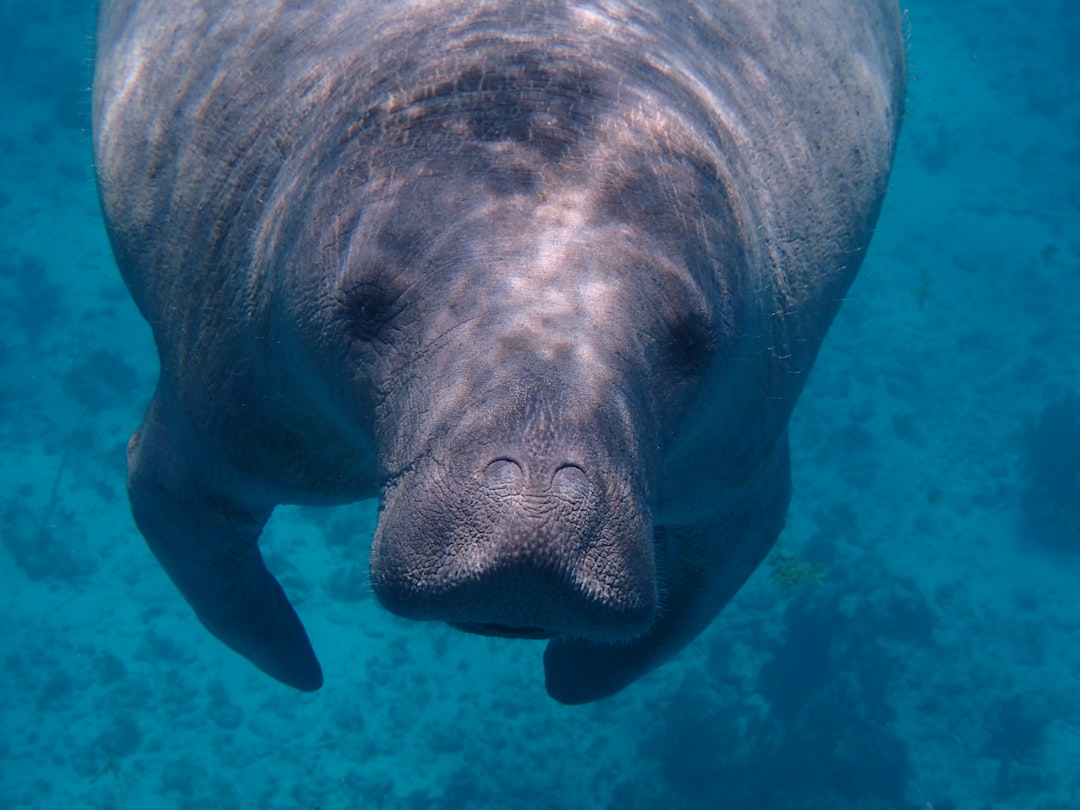What is it about?
Global climate change is a major threat to biodiversity, posing increasing pressures on species to adapt in situ or shift their ranges. A protected area network is one of the main instruments to alleviate the negative impacts of climate change. Importantly, protected area networks might be expected to enhance the resilience of regional populations of species of conservation concern, resulting in slower species loss in landscapes with a significant amount of protected habitat compared to unprotected landscapes. Based on national bird atlases compiled in 1974–1989 and 2006–2010, this study examines the recent range shifts in 90 forest, mire, marshland, and Arctic mountain heath bird species of conservation concern in Finland, as well as the changes in their species richness in protected versus unprotected areas. The trends emerging from the atlas data comparisons were also related to the earlier study dealing with predictions of distributional changes for these species for the time slice of 2051–2080, developed using bioclimatic envelope models (BEMs). Our results suggest that the observed changes in bird distributions are in the same direction as the BEMbased predictions, resulting in a decrease in species richness of mire and Arctic mountain heath species and an increase in marshland species. The patterns of changes in species richness between the two time slices are in general parallel in protected and unprotected areas. However, importantly, protected areas maintained a higher level of species richness than unprotected areas. This finding provides support for the significance and resilience provision of protected area networks in preserving species of conservation concern under climate change.
Featured Image
Read the Original
This page is a summary of: Protected areas alleviate climate change effects on northern bird species of conservation concern, Ecology and Evolution, July 2014, Wiley,
DOI: 10.1002/ece3.1162.
You can read the full text:
Contributors
The following have contributed to this page










